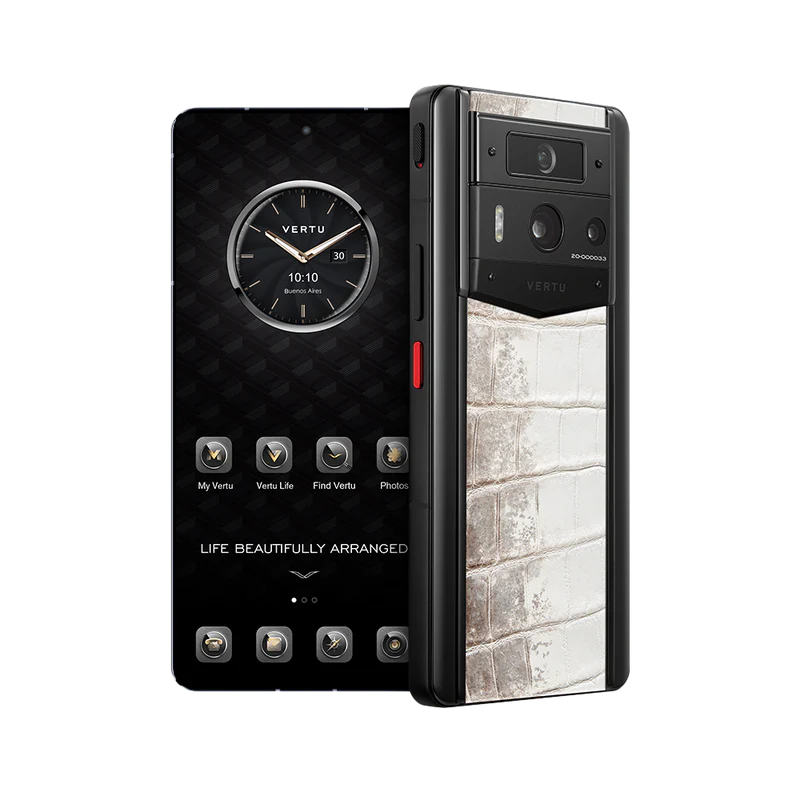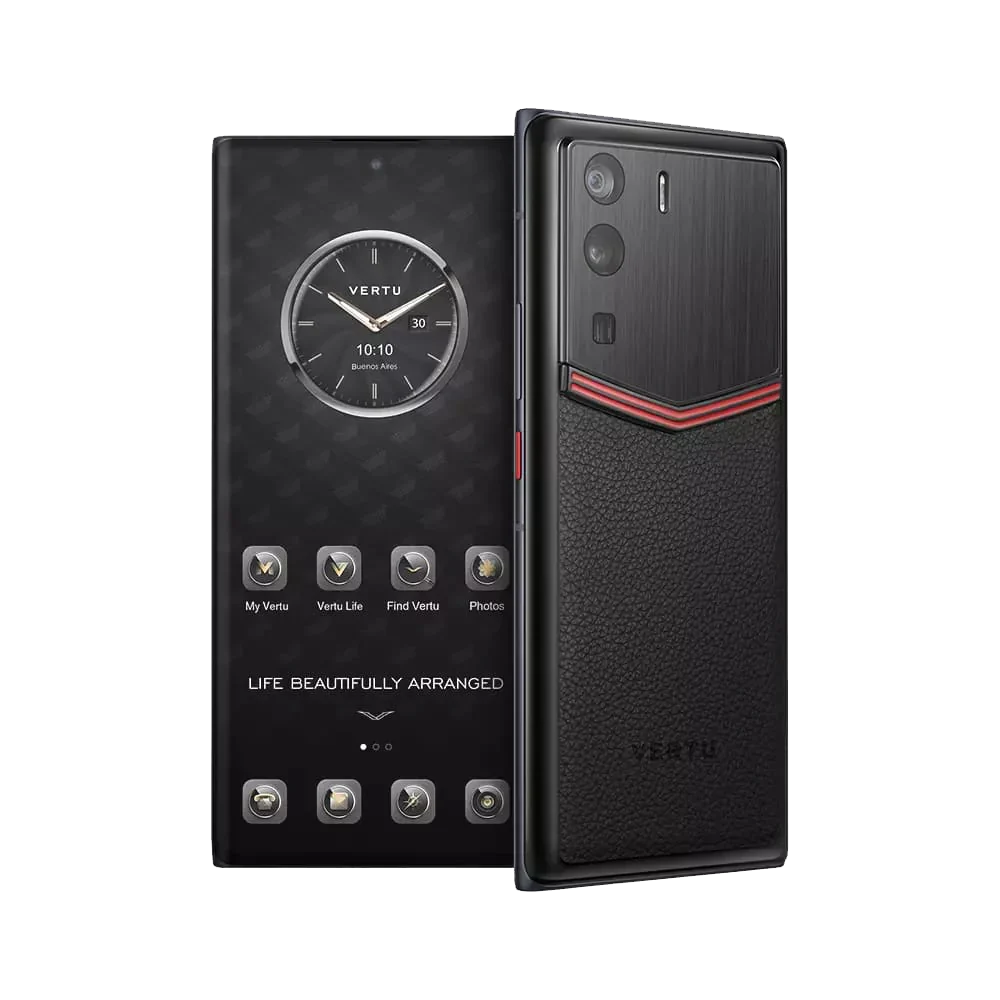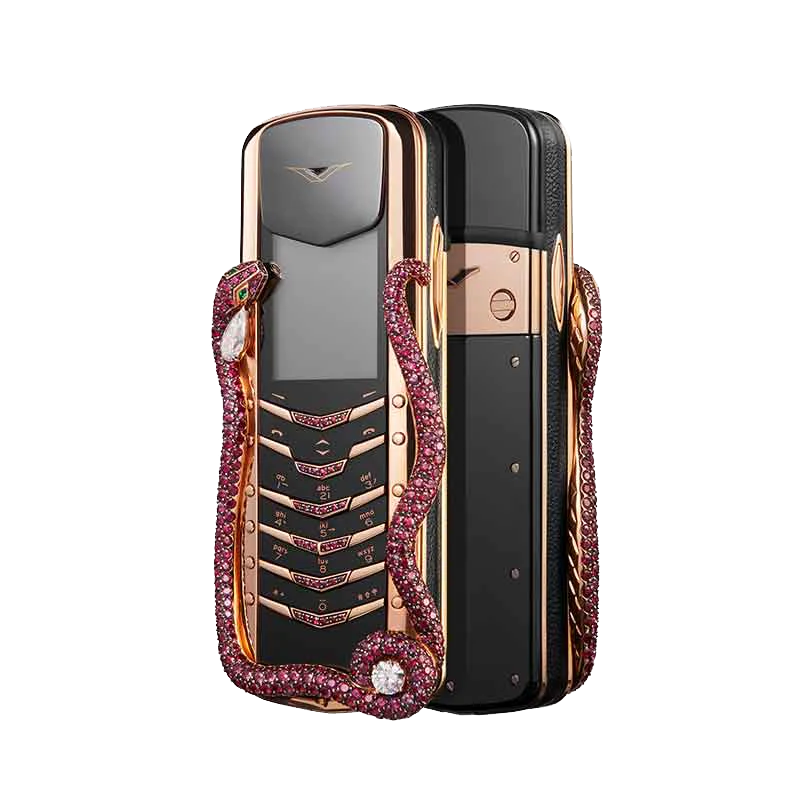Since 2023, the economic downturn and the global situation have made the art industry experience a “cold front transit”. In October last year, the Guangdong Times Art Museum announced the closure. As one of the oldest and most vocal private art museums in China, its ending is embarrassing; in March this year, the OCAT Shanghai Pavilion, which opened in 2012, also announced the suspension of operations. For a time, the industry experienced the bleak taste of solidarity.
However, the wave of closures has not blocked fresh blood: a number of private art institutions in Beijing have opened one after another, which began planning during the epidemic and are now officially operational. From the business model to the concept of the venue, it has built a promising unknown for the ecology of Chinese contemporary art institutions. A fascinating picture of the future and a bleak reality challenge, where do they go from here?
# Because of “hidden”
The Valley Space, located in Wangjing Villa District in Beijing, was jointly created by the Tibetan family and the joint designer of every sentence. She opened up the two villas and freely combined them according to different exhibition themes. The space of 900 square meters is private and full of life flavor. The intervention of medieval furniture and collections provides different interest from “white box” for displaying art.

Valley of space outside and inside
In December 2021, the space was officially opened. So far, Zigu has exhibited works by artists such as Wu Dayu and Song Kun, and has also held thematic exhibitions in cooperation with Kaipai International Auction House. He has been collecting since 2013 and has worked for an auction house. For her, the main purpose of working in the secondary market and using existing real estate for space is to better collect. “Nowadays, buying art requires not only wealth, but also a certain right to speak.” Both galleries and artists hope that their works can enter the hands of good collectors and high-quality institutions, and the Valley can provide some opportunities for peace.
The first opportunity also includes meeting artists. In July this year, the exhibition “Strange Guests” brought together 18 artists who were born between 1989 and 1999 and engaged in non-shelf creation. “I want to know some young artists. This kind of exhibition can be collected at one time, and the cost of socializing alone is very high.” And the sentence pays particular attention to the part where space brings benefits to the collection. In Beijing, there are not many artistic spaces with individuals as the main body and exquisite volume.

Inside the Valley Space
Regardless of national boundaries, the origin of the establishment of private art institutions is mostly similar: collectors or enterprises have sufficient financial and material resources to choose to display works of art in a certain space. For example, the famous Red Brick Art Museum and Song Art Museum were both built by collectors, and some institutions are also supported by parent enterprises: Taikang Art Museum, which was put into operation at the end of August, is backed by Taikang Insurance Group; Behind Minsheng Modern Art Museum is China Minsheng Bank; Today’s Art Museum enjoys the support of the real estate industry. They are large, have collections, and operate for a long time.
In addition, Beijing does not lack alternative spaces with artists and experimental projects as the core, such as Cai Jin Space, Arrow Factory Space, Bunker Experimental Space and Diplomatic Apartment No. 12, etc. These art institutions try their best to avoid commercial considerations and institutional intervention, providing opportunities for artists and works to incubate and grow. However, due to force majeure, some of these institutions have declared closure.
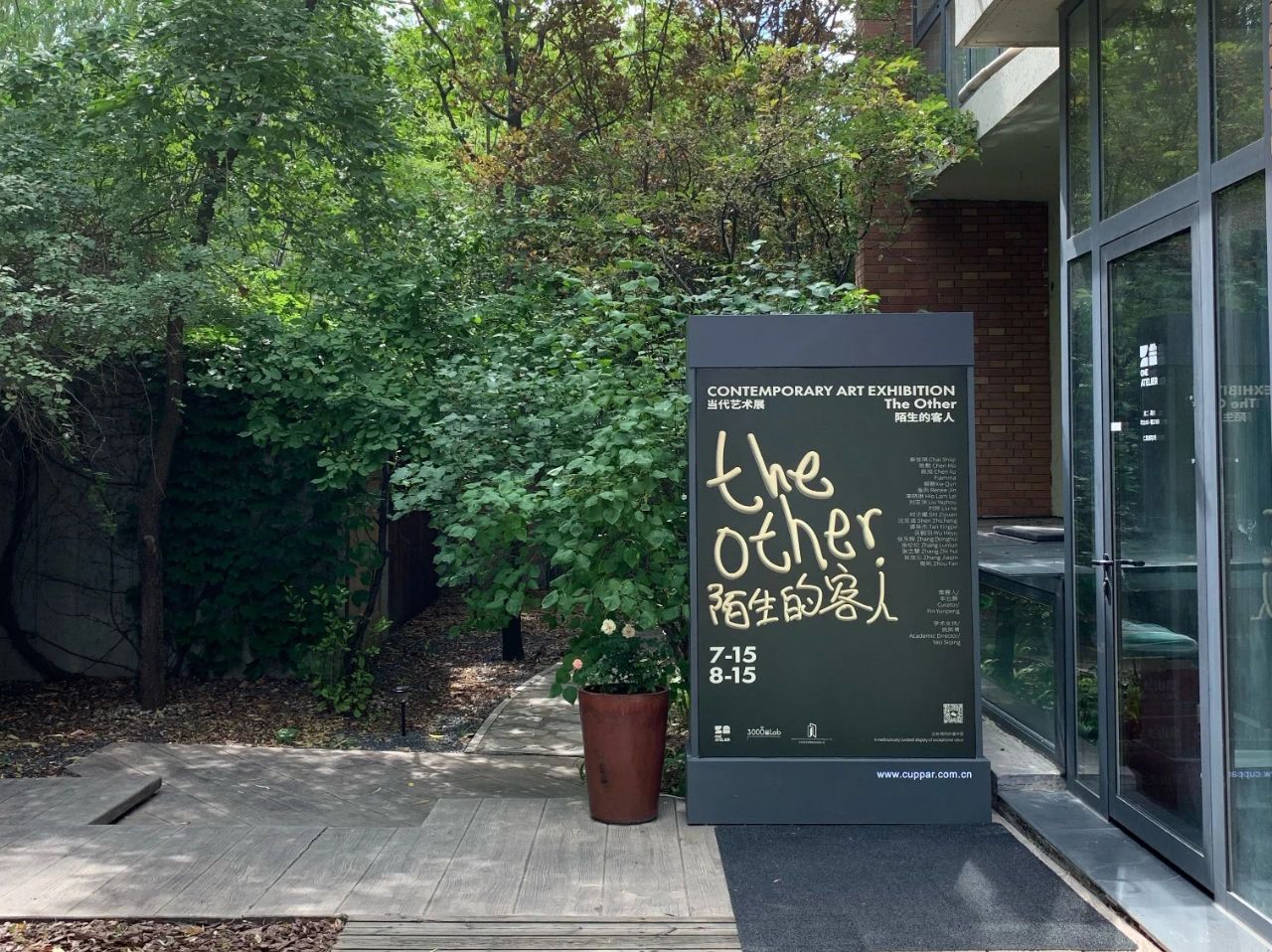
A26 Space Facade
Under such circumstances, the newly opened private art institutions provide a new sample-collectors have higher attributes. In addition to the Valley, the A26 space in the 751 Park in Beijing’s Chaoyang District opened last year. Established by Xi Tao, a collector and founder of the music label, it integrates live performances, catering, coffee shops and art exhibitions, with comprehensive and unique functions. A26 space does not represent artists, but only cooperates with galleries and curators to undertake experimental projects.
Xi Tao has no professional background in art, but his identity as a collector gives him great convenience. “Why do galleries and artists believe you? At first, people are willing to cooperate with me, mostly because I am a collector. I have been in contact with them for a long time and know each other.”

Figure 1: Exhibition “Shen Si Yuan”, A26 Space, 2020
Figure 2: Hu is an exhibition “Blueprint”, A26 Space, 2021
It is one way to open the museum as a collector. These new institutions will also hold exhibitions based on the collections of friends around them. You art center was opened in June this year, adjacent to Beijing CBD, unique location. Li Dianxiao was entrusted by co-founder Cheng Liangfeng to plan the first exhibition of the museum. In addition to serving as a consultant for contemporary art collection, she was also responsible for part of the organization’s operation.
On weekdays, Li Dianxiao also collects works. In the previous ten years, she had opened a space, and like Cheng Liangfeng, she had experience in an auction house. She gathered a group of like-minded collectors and friends around her, and an exhibition with this theme was subsequently included in the plan. “They have the need to display their works in space. They don’t want the works to fall into ashes in the warehouse. They also want to share this happiness with others.”

Yoo Art Center Exterior and Interior
New institutions doing similar exhibitions are the Yuan Art Museum, located on the side of Chaoyang Park and in Junhao Central Square. Executive curator Li He’s own collection is dominated by antiques and traditions. The group exhibition “Ring Container”, which opened in June, presents the works of collectors around him. “Beijing does have a rich group of collectors, all of whom are very powerful.” She said. Based on this, the exhibition not only has quality assurance, but also can guide the aesthetic and even the market with a circle of taste. The works borrowed by collectors can also be empowered through the exposure of exhibitions and institutions, which is mutually beneficial.
Of course, this is just the beginning. How to find a benign operation method for the organization is the urgent problem to be solved. “Crossing the river by feeling the stones.” Li He sighed.

Exhibition “Circular Container”, Yuan Art Museum
# Tailor
In recent years, Li He has often been overseas to buy works of art and to investigate the local art ecology on the spot. In the first half of this year, she visited many art museums in Los Angeles. In its view, China’s non-profit art institutions can imitate the western system in terms of system, but they can’t follow the map in practice, and need to be constantly revised in the process of operation.
“For example, only with the support of foundations and councils can the museum continue to operate.” Li Wo thinks. All parties in the community can donate money to the foundation, and the council is the highest decision-making department of the museum or foundation. In the United States, the Museum of Modern Art (MoMA) in New York was built by the Rockefeller Foundation.
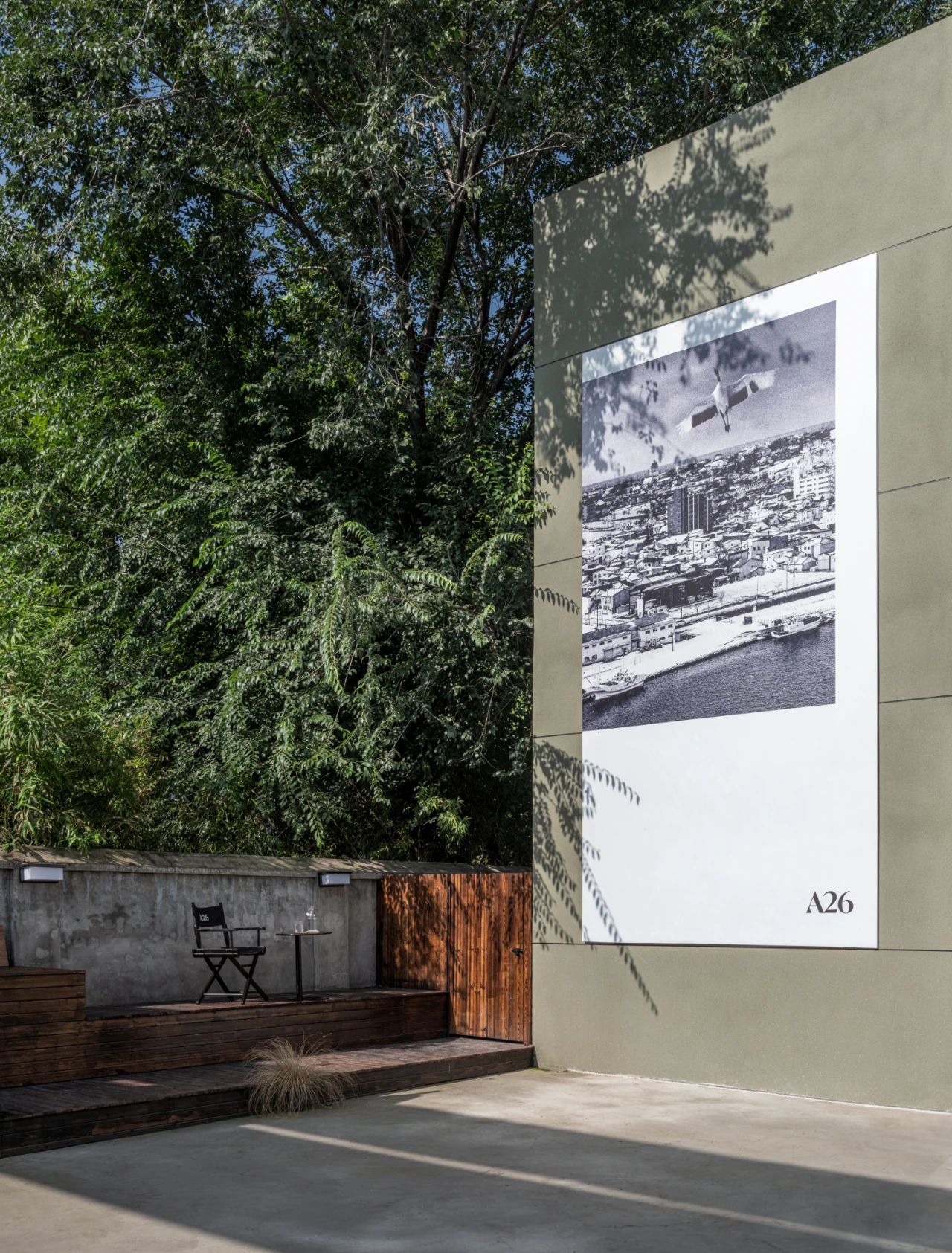
Exhibition “Circular Container”, Yuan Art Museum
Yuan Art Museum is jointly sponsored by Jianlong Group and Junhao Group. However, Li He still believes that the organization cannot rely solely on the funding of two companies-even if there is no rent pressure, the annual operating fee is expected to be 8 million -10 million yuan. Relying on a single corporate funding is not a sustainable development path, and plans to recruit art museums and foundation directors have been put on the agenda.
The future business model is also taking shape: in addition to tickets, cultural creation and venue cooperation, the museum will use online channels, such as the production of derivative content through the live broadcast platform. Yuan Art Museum is a non-profit organization, and the profits will be invested again in daily operations. “The art museum really cannot be completed with funds. It is a technical job.” Li He said.

Exhibition “Circular Container”, Yuan Art Museum
Looking back on history, the development of China’s private art museums has been blocked and long: Chengdu Shanghe Art Museum and Shenyang Dongyu Art Museum, which were founded during the first “opening wave” in the 1990 s, closed soon; in the past two years, Guangzhou Times Art Museum and OCAT Shanghai Pavilion also chose to suspend operations. Many Chinese private art institutions have been forced to run aground. For no other reason, the lack of policy support and the break of the capital chain have led to this situation.
Under the haze, emerging art institutions are actively exploring the operation mode suitable for space development. It is different from the inherent business model of managing galleries, acting as artists and selling works in previous institutions. Opening an art museum needs to focus on academics and operate by means of exhibition box office and sponsorship-the new institution is more flexible, does not deliberately pursue the established form, and relies on its own advantages to survive. For example, including sales in an organization is a direct strategy.

Exhibition site on the ground floor of the Yuyou Art Center
Like the Yuan Art Museum, the Yuyou Art Center is also preparing to form a foundation and a council. But the difference is that the latter’s foundation is formed by institutional shareholders, and the board is made up of friends who are consistent with the philosophy of the art center. In the collection of art, this platform can play a guiding role, but also share resources.
In addition, based on co-founder Cheng Liangfeng’s more than ten years of experience in calligraphy and painting auctions, Yuyou Art Center has naturally opened a private business of Chinese calligraphy and painting and ancient art, presenting works with an insurance valuation of hundreds of millions of yuan. The sales commission of this section and the income of the art finance business will be fed back into the operation of the institution. According to Cheng Liangfeng’s prediction, after one year, the profit and loss of the Yuyou Art Center “is expected to be flat, but it still needs continuous efforts”.

Exhibition Site, 1st Floor, Yuyou Art Center
The previously mentioned Valley space and A26 space will also sell art. Especially for the latter, the income of catering, performances and coffee shops makes the founder Xi Tao’s operating pressure relatively small. The average cost of each exhibition is controlled at 10000-20000 yuan, and the price of a single work is within 100000 yuan. It has been open for more than a year and has an exhibition for two months. A26 has not been cut off. 30% of the customers are attracted by its own voice volume, and 90% of the collectors in this space have bought art here for the first time.
# Expanded territory
Today, the operation of A26 is on the right track. In addition to the unique comprehensive space experience to attract passenger flow, Xi Tao’s exploration of the institutional positioning smoothly embedded in the local art ecology. “when many young artists started, the acting gallery hoped that the first exhibition would not be so serious due to various considerations. this kind of experimental space of mine is just right.”
A26 is close to the Beijing 798 where galleries gather, but it also maintains some subtle distances. Therefore, some artists chose to hold exhibitions here because of its relaxed and comprehensive atmosphere. At the end of the exhibition, Xi Tao will provide the contact information to the gallery or artist with the consent of the new collector. “This kind of interaction can really complement each other.”
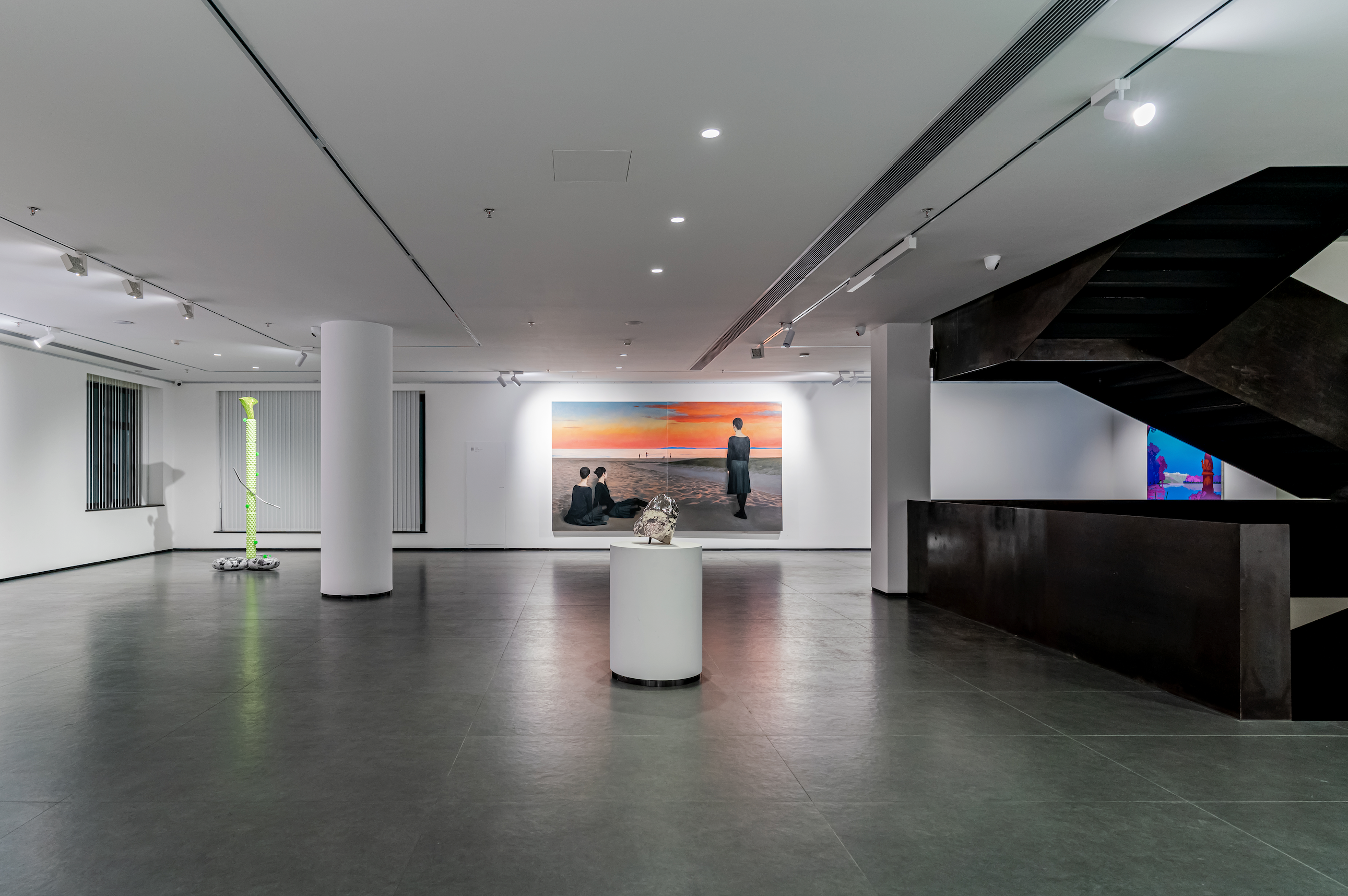
A26 Space Facade
However, A26 is not a testing space, and Xi Tao is not going to open a gallery after obtaining the resources of collectors and artists. On the contrary, in his plan, the form of A26 will continue to be retained, and the concept may be implanted in more consumer places, such as libraries and gyms, in the future. In July, the space and Taiwan’s Yaji Gallery jointly held the solo exhibition “Pandora’s Box” by artist Wu Meiqi. The exhibition was held simultaneously in Michelin-starred restaurants Shanhe Wanduo and A26.
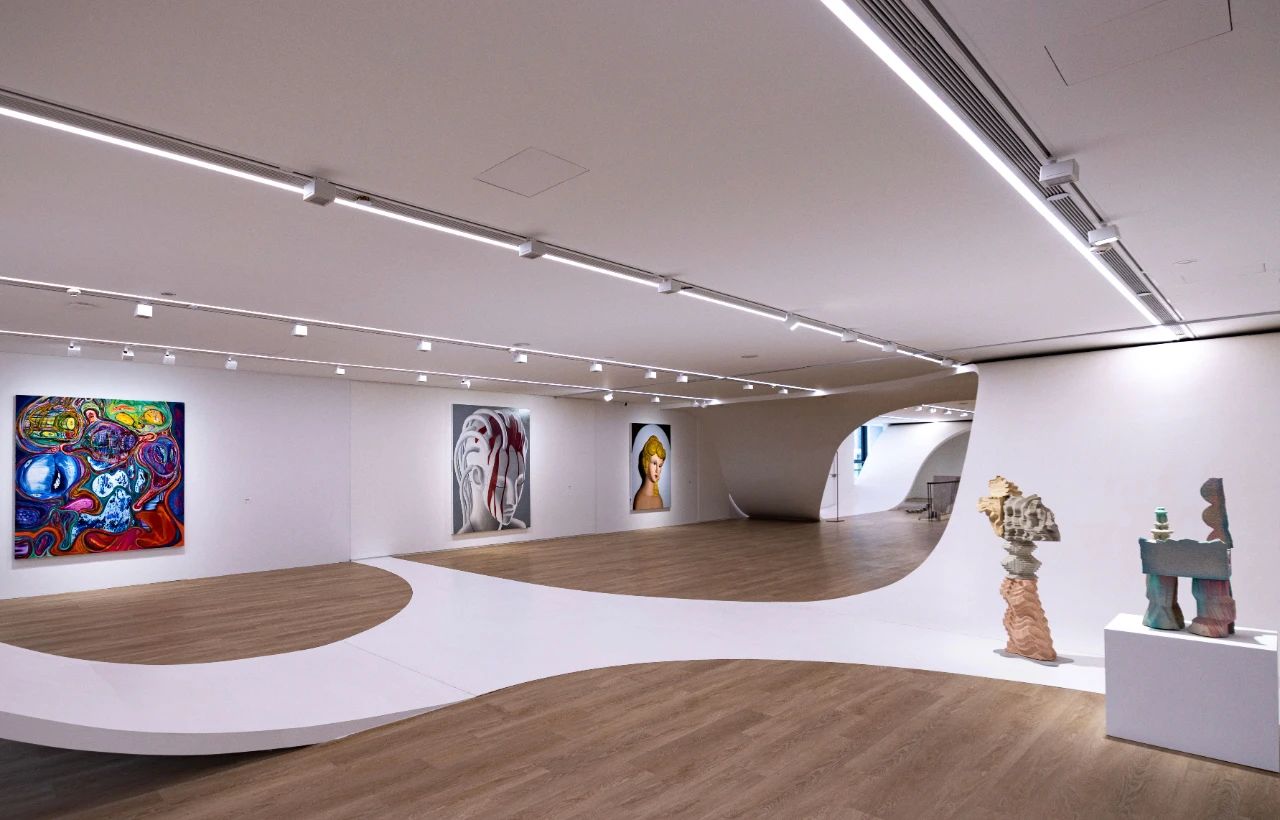
Wu Meiqi Solo Exhibition “Pandora’s Box”, A26 Space, 2023
As you can see, Beijing’s artistic landscape is expanding. The new art destination can make art accessible to lovers in different urban areas. However, judging from the location of the above institutions, this trend is gradually taking shape: the valley space is in wangjing; Yuan Art Museum is near Chaoyang Park; You Art Center is close to CBD. Moreover, the latter’s target when selecting buildings is also the artistic layout of New York and London-multiple scattered communities jointly shape the urban artistic ecology. In Cheng Liangfeng’s view, making urban space diverse “is the responsibility of space”.

Exterior Scene of “Huai Xuan”
Last year, the “Huai Xuan”, located near Beijing’s Chaoyangmen Gate, also began operations. The location of the institution is the former residence of the red scholar Yu Pingbo, and it is also the only humanities and art space in China where the former residence is a courtyard house. Founders Wang Zixin and Gao Jie have been engaged in the real estate industry and have experience in handling cultural travel projects.
After opening for more than a year, in addition to exhibitions, salons and academic talks, Huai Xuan has organized many experimental activities, such as electronic atmosphere concerts and mindfulness meditation exercises. “We don’t want to be related to tea ceremony and flower arrangement as soon as we are a courtyard house, so it is difficult to resonate with young people.” Today, Huai Xuan’s model has won the attention of the Dongcheng district government.

“Huai Xuan” interior
From the earliest Old Summer Palace Painter Village, Songzhuang, Huantie Art District and Caochangdi, to the still prosperous 798, this city has never lacked artistic trendsetters. However, the picture of private art institutions in Beijing and even the whole country is still facing collapse and loss.
For example, all the interviewees mentioned that if the space needs to be rented, the pressure on the operators will be “huge” based on the actual rent in Beijing, and in their view, this is “impossible.” Lasting “. Funding, talent, operating model, good content …… The lack of any one factor is likely to crush an institution instantly. The future may seem gloomy, but there is still no shortage of pioneers who want to wade a new way-they are struggling to move forward in the resistance.
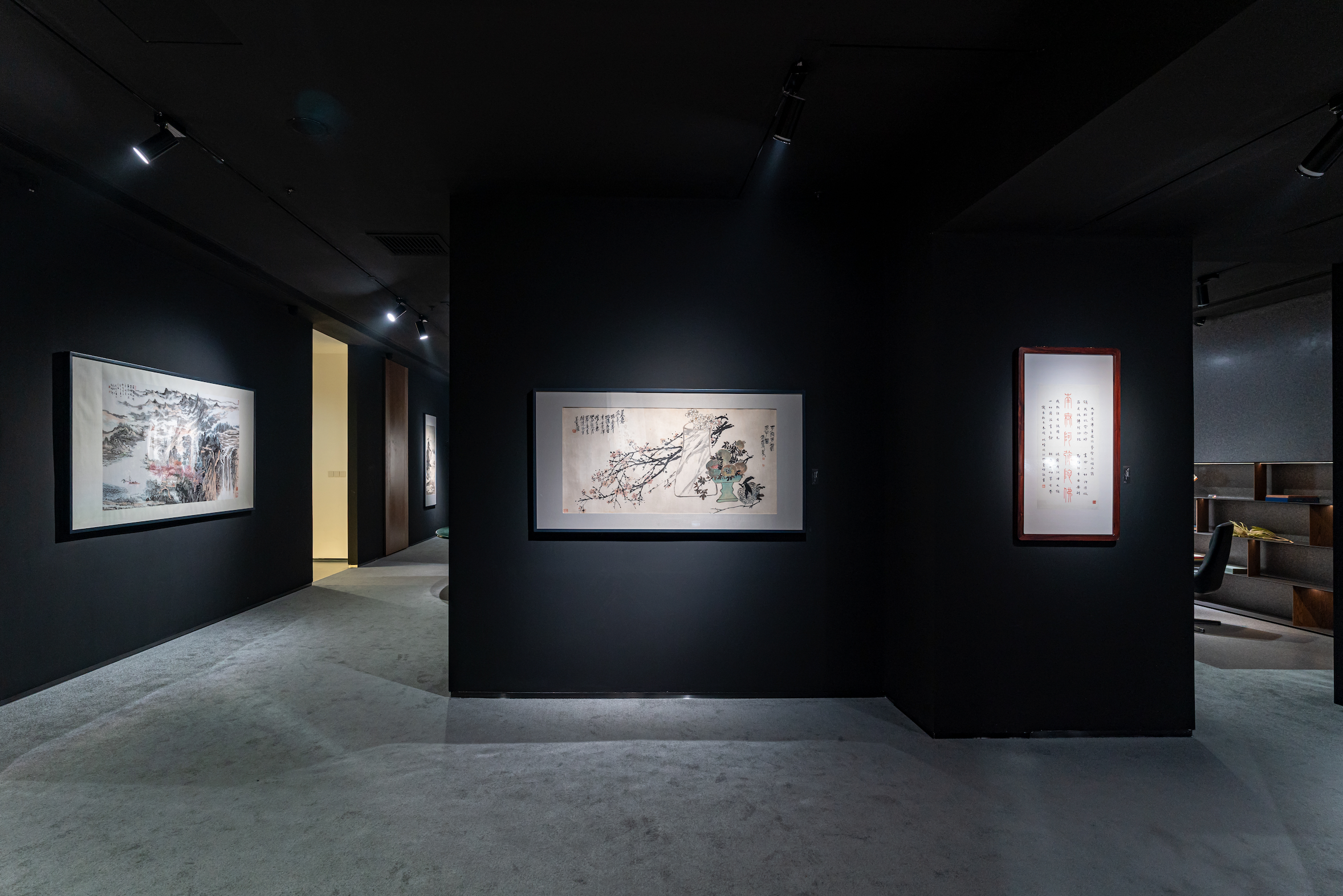
“Huai Xuan” interior
Time has changed, roles have changed, and collectors have assumed power, perhaps silently stating the arrival of a new pattern in the art industry. This year, Li Dianxiao returned from overseas to participate in the establishment of the Yuyou Art Center. In her opinion, first, she is entrusted by her friends and likes to make space; second, she can’t let go of Beijing’s artistic dream. But trying to bring subtle changes to the city and the wider region is not something that can be reached with physical and mental commitment. “To do anything, in addition to having a long-term plan, you have to ask yourself: What responsibilities can you shoulder and what role can you play?” Li Dianxiao asked back.
(Source: Harper’s Bazaar Art)



